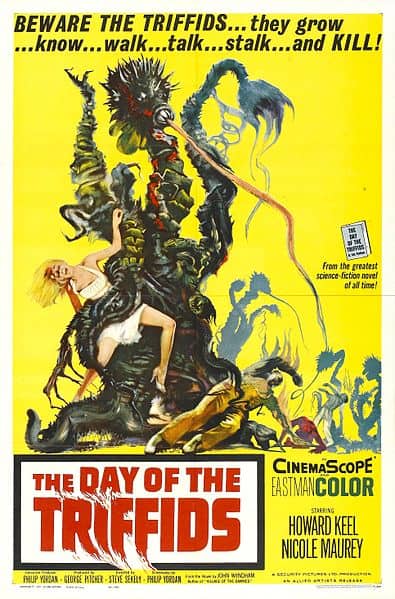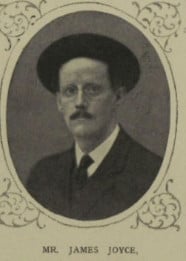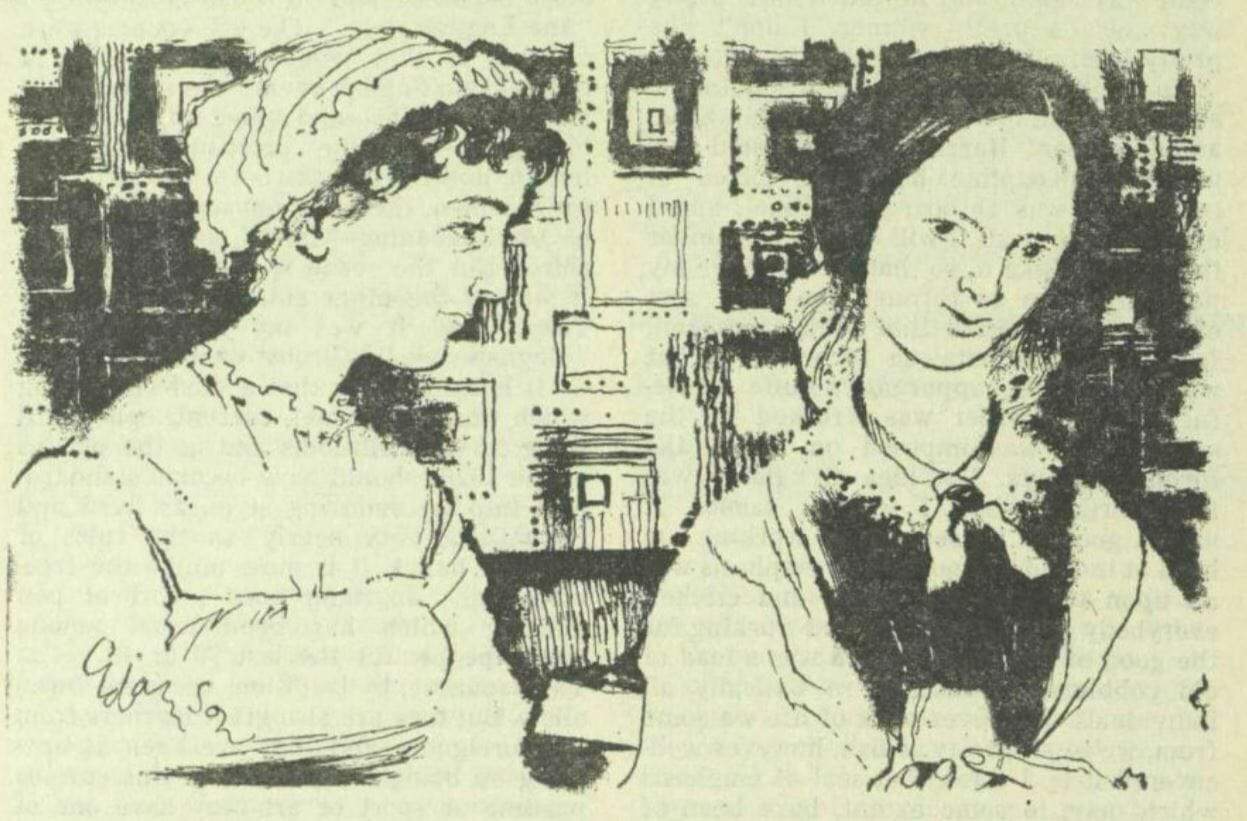Por Paula Maher Martin, Gale Ambassador en la Universidad NUI Galway
“Lo que las mujeres son para las mujeres”, una sinfonía de pensamientos e impresiones, un lenguaje pulido delicadamente para reflejar el “cuerpo”, resonando con una “percepción” femenina de la realidad… En una crítica de A Room of One’s Own, de Virginia Woolf en el Times Literary Supplement (1929), Arthur Mc Dowall sintetiza en estos términos la experiencia femenina en la literatura, según sugiere Woolf.







